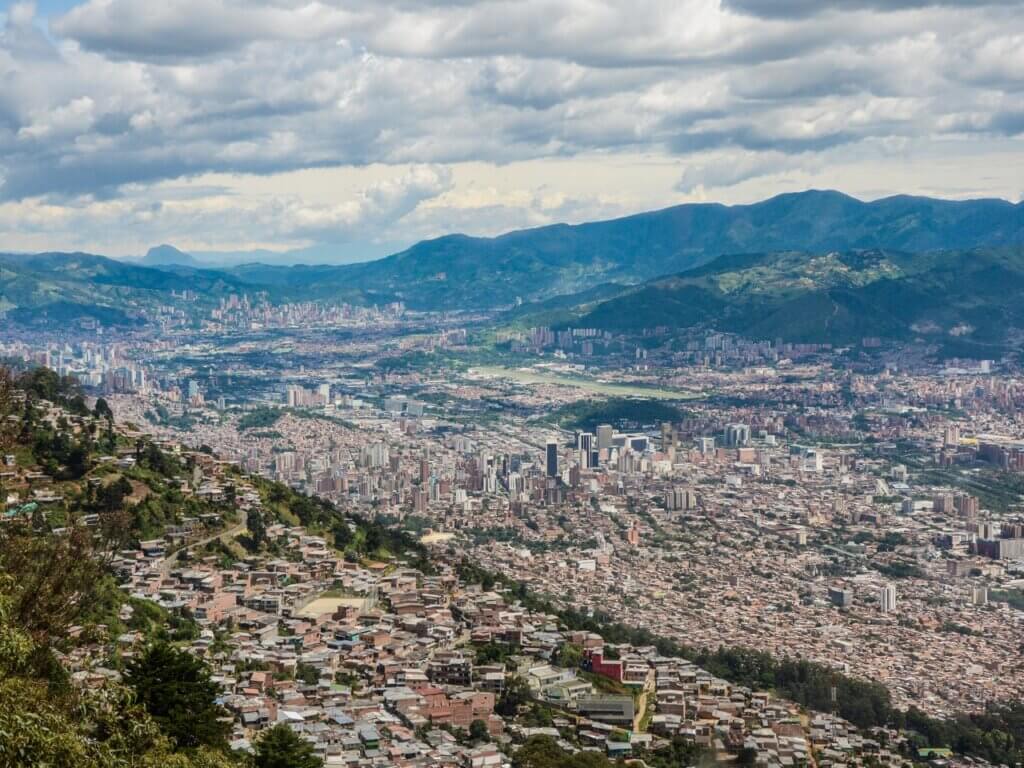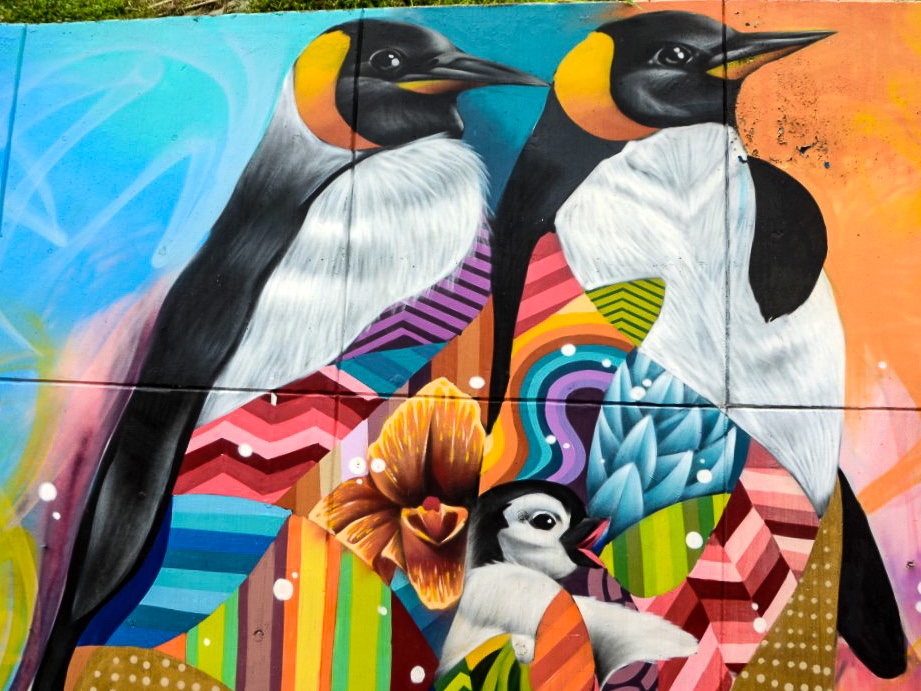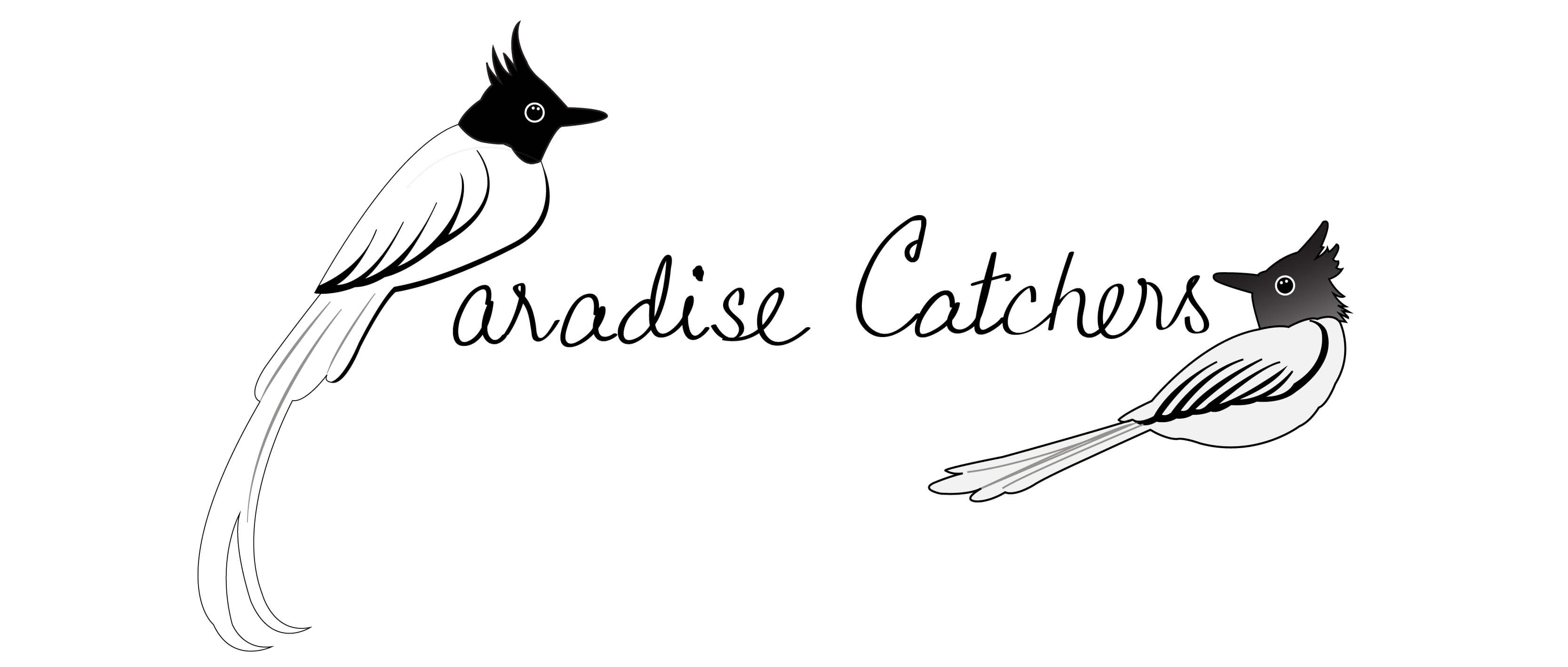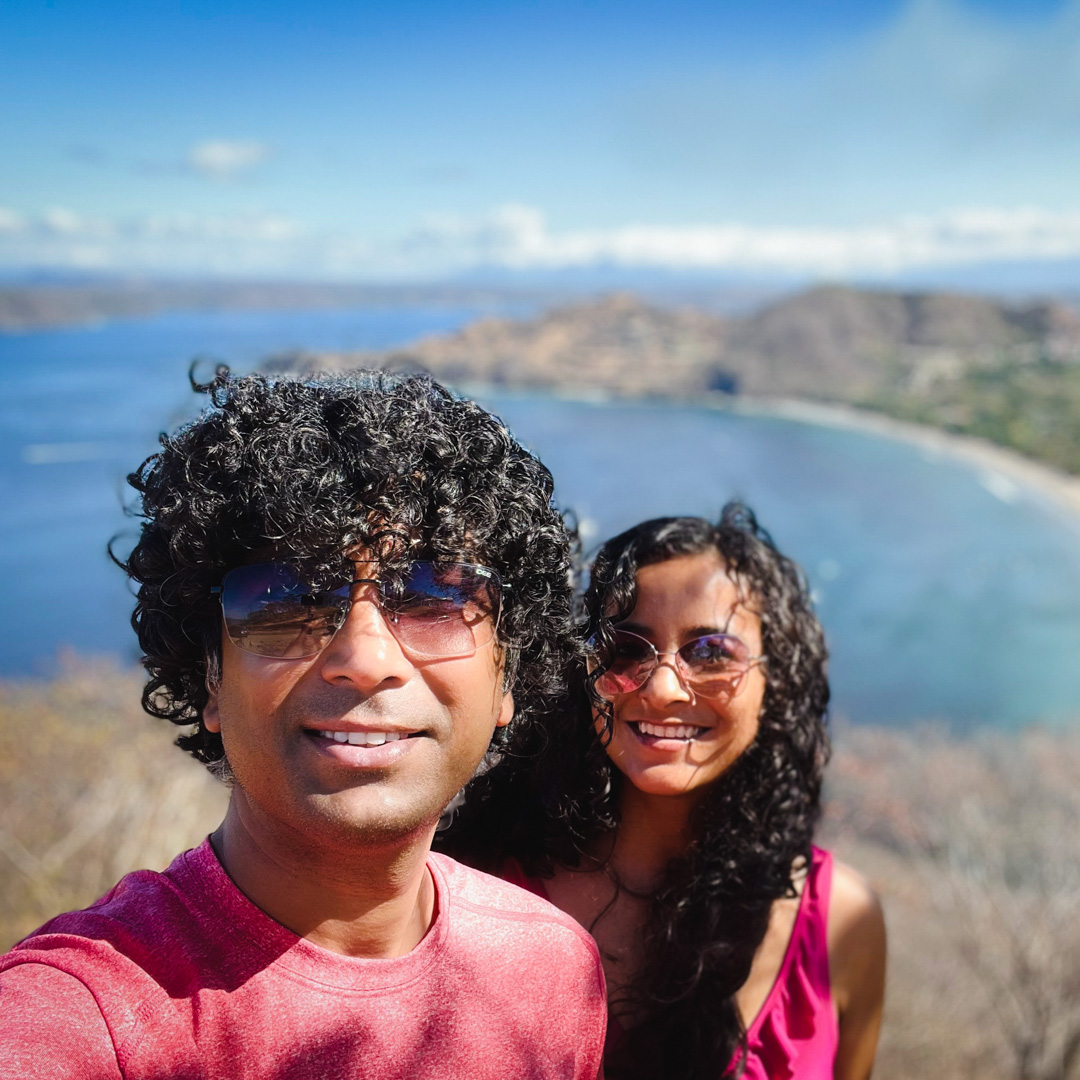In the recent years, Medellin has evolved as one of the most sought after locations for expats and digital nomads. Excellent urban infrastructure, cheaper cost of living, cosmopolitan population and a generic energetic vibe make Medellin a city of choice for many. What makes the attraction magnet even stronger is a year round temperate climate that earns Medellin the title of ‘City of eternal spring’. Whether you ever plan to live in Medellin or not, you can always visit this city in Colombia for a fun and relaxing holiday. So, while you draw up your travel plan for this city break holiday, let us help you with a list of top things to do in Medellin.
But Medellin had to come a long way to reach where it is today. It had to continuously battle the bruises of reputation damage from an inglorious past. This city navigated through an admirable journey, from the world’s most dangerous city to the world’s most innovative city. So, before getting into the things to do in Medellin, let us start with what you should definitely avoid doing here.

1 thing to avoid in Medellin
Background
If you are distantly familiar with Colombia of the late 20th century, you must have heard the name of Pablo Escobar. He was the founder of the Medellin drug cartel and wrecked havoc on Colombia during his time, impacting society, economy and peace of the country. Though he died in a shootout in 1993, the aftermath of his terror lasted much longer in Medellin.
Opportunity
Then during the later half of the past decade, the story of Pablo Escobar garnered insane amount of interest from across the world, thanks to the popular Netflix series Narcos.
We humans of the modern world identify opportunities of revenue like a vulture eyes for its prey. That is exactly what some tourism providers of Medellin did. With the increased interest in Pablo Escobar, they found a way of earning big bucks by selling Escobar’s story to the international tourists. They tailored tours that now sell under different variations of the name ‘Pablo Escobar Tour’.
Pablo Escobar Tour
Pablo Esobar Tours offered by different tour companies usually take you through Pablo Escobar’s residence, his jail, his grave and the devastating damages he had caused to the city of Medellin. Many of these tours end with an in-person meeting with his family member(s). This includes his brother Roberto Escobar who himself was one of the co-founders of the Medellin cartel.
Selling and buying of Pablo Esobar Tours are transactions capitalizing on morbid curiosity. That is why this is one tour that you should definitely avoid in Medellin.

Pablo Escobar – a hero or a villain? What do the locals say?
We were fortunate to have had some meaningful interactions with the people of Colombia. This gave us the chance to take a sneak peek into the locals’ perspectives on different subjects.
It was eye opening for us to see how the Paisas (locals of Medellin) react to Pablo Escobar. No, they absolutely do not root for Pablo Esobar, unlike how you and I rooted for Walter White in Breaking Bad. At least that is what we gathered from the people we met there. The Paisas grew up amidst terror. They really worked hard through years of gloom to finally be able to create a brighter present and future for themselves. Of course they do not want a criminal to steal the thunder from Medellin’s laborious struggles and victorious achievements. Yes, that is what Pablo Escobar is to the people of Medellin – a criminal.
Local perspective: The one who shall not be named
One such example is from our walking tour of the city. At the beginning of the tour, our guide clearly established a rule that there should be no references to that criminal, no questions and no statements. He did not even pronounce the name of Pablo Escobar as if he was Lord Voldermort. Our guide said this criminal had induced so much pain for the people of Medellin that he did not deserve a place in the city’s transformation story that he was going to tell us. Also, he was wary of his City Tour being misinterpreted by other locals as the Pablo Escobar Tour, if that name was ever brought up. Clearly, the locals despise the Pablo Escobar Tour because it glorifies the darkest phase of their lives.
Our perspective
Interestingly, we could totally relate with the sentiments of the people of Medellin on this topic. Colombia has so much of history, nature and culture to boast about. Yet some tour companies rely on selling only what the world wants to see – a dark past instead of a bright future.
This is so much like what foreign tourists are sold in our home country India. India has stunning mountain landscapes, thousands of kilometres of coastline, rich heritage, amazing wildlife and diverse cultures. Yet some tour companies curate tours to earn dollars and euros by selling ‘hungry India, poor India’ instead. If you are from India, do you really encourage that angle of tourism? Why would the Colombians support a Pablo Escobar Tour then?
7 things to do in Medellin
Now that we have addressed the elephant in the room, let us come back to what we had set out to do here, list the best things to do in Medellin. This is a modern city set in a valley surrounded by mountains. So, you can stitch your Medellin travel itinerary by doing some mix and match. A bit of nature here and a bit of culture there, a bit of history here and a bit of party there. But whichever way you wish to explore Medellin, you can conveniently slip this modern city this into various Colombia itineraries.
Take a free walking tour
Start your Medellin expedition with a free walking tour of the city. This is the best way of getting yourself acquainted with the character of the city. Although there are multiple companies offering free walking tours of Medellin, we highly recommend the one we took from Real City Tours.
The route of this tour primarily runs around downtown Medellin. We met our guide outside the Alpujarra metro station and slow-walked with him on the busy streets of Medellin for about 2.5 hours gulping stories about the city’s history, culture and people. Our guide was a well-read young man who could paint pictures with his words. We walked through the important parks and plazas, and stopped often to listen to the enticing stories. Our favorite part of the tour was when he described how social urbanism and educational reforms enabled the evolution of current day Medellin.

Real City Tours offer free walking tours in three different time slots – morning, midday and afternoon. The morning and the midday tours are available from Monday through Saturday. The afternoon tour is available from Monday through Friday. You can book your free walking tour online. The process is very easy and the confirmation is almost instantaneous, depending on the waiting time you choose.
Real City Tours are currently offering virtual tours of downtown Medellin as people all over are stuck at home leading the quarantine life. Check out the virtual tour if you want to get a taste of Medellin from the comfort of your couch.
Memorable moment: Botero’s Birds of Peace
In 1995 a bombing incident shook the city of Medellin. The bomb shrapnel killed many people and injured many more at a music concert held at the open ground in Plaza San Antonio. The bomb was hidden inside a bird sculpture, one of the many Fernando Botero creations that adorn the city. The bird sculpture was severely damaged. But Botero insisted that the Government retain the damaged sculpture, and created a new replica to be placed a few metres from the old one.
These two birds represent the old and the new Medellin.

Our walking tour guide described the chronology to us and the metaphors behind the decisions. While he was explaining this, a local old man came up to him and started hurling comments at him. He looked annoyed. But our guide kept his calm and gave some explanation and the man left satisfied.
We could not follow the entire conversation. Our guide later explained to us that the man thought he was glorifying the bombing incident and selling Medellin’s dark past to us, the tourists. As he did not understand English, there was a misunderstanding. However, our guide clarified to him that he was in fact, talking about the incredible transformation that Medellin has achieved and how Botero’s ‘Birds of Peace’ are the symbols of it.
Take a graffiti tour of Comuna 13
Comuna 13 is a flagship tale among the stories of Medellin rising from the ashes. The once notorious neighborhood, cringed with dark past has entered in the tourism highlights of the city. Various art forms have found their way to the streets of Comuna 13. The most important are the wall murals or graffiti that adorn the walls of the comuna. We took a free walking tour of the place.

Comuna 13 is tucked in the hills at a remote corner in the western part of the city. But no, you do not need to hike all the way up to the hill top. A series of six public escalators make this uphill journey a cakewalk. While we enjoyed the wall arts without losing our breath, we were reminded of how much these escalators have contributed to the life of the locals. They have made the larger Medellin easily accessible to the once marginalized population of Comuna 13.
This is why Comuna 13 graffiti tour is more than just graffiti. Take this tour to get encouraged by uplifting stories of reform. Our walking tour guide made sure we understood the implications of these developments. She also explained the significance behind some select murals.
Take a day trip to Guatapé
Guatapé town lies to the east of Medellin, couple of hours bus ride away from the hustle of the city. We chose to do this Guatape tour the DIY way, however, you can opt for organized tours as well.
El Peñol, a monolith rock, is the biggest attraction near the town and draws huge crowds including the Colombians. The rock is around 200 meters high from the base. You can reach the top with a strenuous hike of 700+ stairs. No escalator this time! The entry fee is roughly $5.
Why will you take the pain of climbing this rock? Apart from the fact that this is the primary attraction near Guatapé and you have no better way to lose your holiday weight (kidding!), the views from the top of the rock are amazing. The hydro-electric dam of Penol-Guatapé, that surrounds the rock, forms a large water body with a number of islands popping up from it. The sight of the green landmasses protruding from the blue water makes it worth hiking the steps.

On reaching the top, we rewarded ourselves with a chilled mango michelada. This is a drink made with beer, lime juice, spices and topped with mango and mango juice.
The little town of Guatapé, our next stop, was adorned with colorful walls and zocalos. We walked around the central plaza and the narrow alleys of the town and when our feet got tired, we took shelter at a cozy restaurant. Grabbing some beer and fried fish, we looked across the window to watch sunshine dripping from the walls of the buildings outside.

Gorge on the local specialties – Bandeja Paisa and Mondongo
Bandeja Paisa is a traditional dish from the Paisa region of Antioquia. That is where the dish gets its second name from. In 2005, the Colombian government decided to name Bandeja Paisa the national dish of Colombia.
Also known by other variants of its name, like bandeja de arriero, bandeja montañera or bandeja antioqueña, this dish is a must try in Medellin. Initially we were a bit hesitant on if one person can actually consume this 13 components platter (yes 13!) all by oneself. But the foodies like us need to try every bit of it, right? The dish contains white rice, arepa or fried corn bread, hogao sauce, stewed red beans with pork, fried egg, plantain, avocado, lemon and meats – carne molida or ground meat, chicharrón, chorizo.
The elaborate arrangements make it confusing to decide where to start. But once you start, all the foodie senses start to pour in – aroma, flavors, texture and taste. Bandeja Paisa is definitely not for the faint-hearted.
The other specialty that we recommend not to miss is Mondongo. This is an ingredients rich soup filled with vegetables and meats, where the primary ingredient is tripe. Although the soup contains lots of meat, they are cooked soft and melt in your mouth.
Incidentally we tried these dishes in the ‘Mondongo’ restaurant in the Poblado neighborhood. We highly recommend it and it seems to be popular among visitors and locals alike.

Party at Poblado
When it is a city, there has got be a place for party, right! The neighborhood of El Poblado, swarming with hostels, restaurants, nightclubs and pubs, is a major party district for visitors and the local Colombians. The area around Parque Lleras at central Poblado is lit up in the evenings as if everyday is a festival. There are several open-air restaurants that get super crowded during the weekends. Go early to get the best table. Sipping on your cocktail, watch the local dancers put up their stunt on the streets or just watch the party-goers throng the streets as the night grows older.

Explore like a local – avail cool public transport including the metro-cable ride
Medellin boasts of having the first metro network in the country. The metro became the lifeline of the city in the 90’s, while the social struggle was still on. Ubers have now made travelling easy, but we enjoyed exploring the city in its lifeline.
We traveled to various ends of the city by metro experiencing the daily life of the average local. The passionate footballer, the college students, the corporate employees, the natives of the remotest corners of Medellin. We had probably seen them all during our metro ride. Metro rides give you a view of the city life and the neighborhoods from up close and also helps you explore the highlights of Medellin at ease. The metro coach window slides by the creations of Botero or the lush green soccer field or the homes of a regular Paisa.
Medellin has transformed for better. The metro and its extension, the cable rides, are probably among the top contributors of that transformation. The cable cars connect to the remote corners, the hilly neighborhoods of Medellin. It would have otherwise been difficult for locals of those remote regions to access mainstream facilities of Medellin like education, employment and healthcare.

Try the cable car in any of the metro zones of the city. We recommend the one that takes you to Parque Arvi, a nature and ecology park, brushing the city.
Visit Parque Arví
Well, we explored history, people, art, food, fun and transports. But Medellin has its own share of green too. Parque Arví is a nature reserve up in the hills of the eastern part of the city. The 40,000 acres nature park has several hiking trails that are great spots for bird watchers and nature lovers.

A cable car ride from Acevado metro station takes you to Parque Arví. The first part of this journey gives you amazing views of the city of Medellin. As you reach halfway, the concrete jungle disappears and you are suddenly flying over the canopies of a lush green forest.
Maps of several hiking trails are available near the Arví metro-cable station. You can also book guided hiking or bird-watching tours with the local guides. The trails begin after you cross a small museum and souvenir shop near the ticketing counter. One of the trails include pre-Hispanic ruins of 1500 years old construction.

Medellin – Make it happen
How to reach Medellin?
Medellin is served by an international airport, José María Córdova International Airport. Several airlines connect this airport with different cities in the Americas, the Caribbean and even Europe. Some domestic flights also operate from this airport.
Medellin has a domestic airport too, Enrique Olaya Herrera Airport. It used to serve international carriers prior to the construction of the current international airport.
However, we arrived in Medellin by bus. It was a nine hour long daytime bus journey through the countryside of Colombia! That is another story though!
Where to stay in Medellin?
Medellin has variety of accommodation options on offer, ranging from luxury hotels to boutique guesthouses to budget hostels. Just choose your pick from any of the hotel/hostel booking sites according to your budget. Most likely your budget will fetch you a fancier deal in Medellin as compared to other big cities of the Americas.
Note that the most important part of booking your accommodation in Medellin is zeroing in on the neighborhood. Medellin is a big city with 16 comunas containing 271 neighborhoods. Most international tourists prefer to station themselves at Poblado because of very good dining options and the cool party atmosphere, that you already know of by now. Another good option is Laureles.
When is the best time to visit Medellin?
The answer lies in Medellin’s title of ‘City of Eternal Spring’. You can visit any time of the year, but if you want to further improve the already good odds of getting good weather, choose the dry season running between December and February. Rainy season appears twice a year, April-May and October-November but the showers are usually short. We had visited in June and got to enjoy a pleasant climate through the length of our stay.
Is it safe to visit Medellin?
There are certain unwritten safety rules you should follow when traveling in Colombia. People recommend things like not flashing your personal belongings like phone or camera or jewelry and never letting your guard down in public places. But we think these rules can apply anywhere in the world, not just in the cities of Colombia.
From our personal experience, we found Medellin to be quite safe. Availing public transports, we explored the city and its outskirts on our own. We walked on the streets at night. Not sure if this is specific to the localities we visited, but we definitely did not feel unsafe in Medellin. Of course, we never let our guard down but neither did we ever feel threatened.
Closing thoughts
Medellin is a modern city with all the necessary infrastructure for comfortable living and convenient traveling experiences. Did we mention free public WiFi zones? In addition, natural attractions, historically important places and a tempting food scene can keep you entertained in this city for days or may be months or years.
However, what is most intriguing about Medellin is its metamorphosis. From the murder capital of the world, it has now become a city where people from different parts of the world want to settle for good. That right there is a story of inspiration that the rest of the world can draw motivation from.
Secret scoop: Whenever the two of us have conversations on the subject of whether we should continue living in Costa Rica or go back to India, that discussion is almost always intercepted by the idea of moving to Medellin!
Like the post? Pin it!




This all looks so lovely. Thanks for the tip of what NOT to do! That is always helpful! I would enjoy seeing all of this, but I would especially love the graffiti tour!
Glad you liked the tip on what not to do. 🙂
Medellin really looks like such a great place to visit, and I’m seeing some great content about it lately which is inspiring me to go. I love that it has lots of history but also a modern side, I really like that light pole installation in the Plaza Cisneros. The Palace of Culture and a Graffiti tour would be must dos for me.
Yes, Medellin is a great combination of history and modernity.
This city looks awesome! I would love to do the graffiti tour – street art just speaks to me moreso than other art – and that penguin picture is beautiful!
loved this! I´m from Colombia and really appreciate and feel thankful with you for this post specially for the “what not to do” part, glad you enjoy my country <3
Hi Maria, thank you for the kind words. Coming from a Colombian, means a lot to us. 🙂 Yours is an awesome country – would love to visit again once this is all over.
That is great stuff! Thank you for the tips ! I definitely need to check this cory!
Thanks for sharing this great ideas!
The more I see about Columbia, the more I feel the need to go there! It looks like there’s so many great things to do. We would definitely go on the Pablo Escobar tour!
Interesting! On this post, Pablo Escobar Tour is the one thing we have categorically recommended against doing in Medellin. Curious to learn about your reasons of choosing that still. 🙂
I am a fan of both free walking tours and graffiti art. So, you can easily guess, after reading your post, I am already in love with Medellin, And when I happen to visit here, I am definitely going to cover everything mentioned on your list!
Yes, you would love it there in Medellin. 🙂
Thank you for visiting our country and shared your experiences with good pictures and notes.
Hi Jairo. Thank you. Yours is a beautiful country! We hope to return to Colombia again some day 🙂